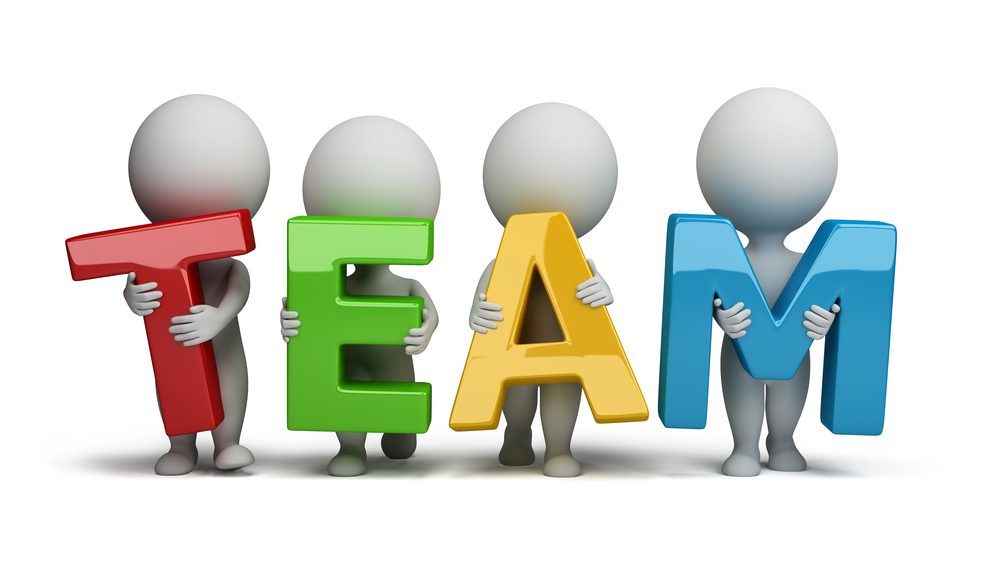Last week I ran a workshop at the Monroe Institute’s Consciousness Unveiled Conference in Padua, Italy. For over 50 years the Monroe Institute has been at the leading-edge of personal consciousness exploration. Their approach uses sound frequencies to entrain the brain into an expanded perspective of consciousness. For many people this means exploring non-local aspects of consciousness, improving their understanding of themselves, and increasing empathy with others. The institute’s bespoke sound patterns are embedded with binaural beats. These are auditory illusions created by the brain when it hears two different frequencies simultaneously, one in each ear. The hallucinated beat is at a frequency between the two actual tones heard instead. Why these binaural beats can help people achieve a sense of expanded consciousness is not yet fully understood by science. But then neither is what consciousness really is.
This idea of what consciousness is has vexed philosophers and scientists for many years. Science has been and will continue to do a good job of explaining how brain processes work. Things like how we focus our attention from moment to moment; our ability to display conscious control over our behaviour; the feel of emotional or mental states that we can report; the ability to discriminate, categorise, and react to sensory stimulus in our environment; and the determination of wakefulness and sleep. These are what Australian philosopher David Chalmers calls the ‘easy’ problems of consciousness. But there is a ‘hard’ problem of consciousness too, to quote Chalmers, “Why is all of this processing accompanied by an experience of an inner life?” Or why are we conscious at all? And what actually is consciousness anyway? The brain has evolved to be a wonderful tool for perceiving and surviving in the physical world, but why do we get this sense of an inner world too? Some scientists say that we do, just as a side effect, and that being aware is actually no big deal. This is known as an epiphenomena, like the whistle on a steam engine. Because you create loads of steam to run the engine you can use some for a whistle. Consciousness is just a handy side-effect as a result of having all this perceptual processing to survive.
So, you can see unveiling consciousness is not an easy thing to do. The, not unreasonable, working hypothesis in science is that the brain creates consciousness. And mapping electrical brain activity has been a fruitful area for neuroscientific research. This work has produced ideas about consciousness being correlated to the level and complexity of brain activity. It has been found that greater complexity and interconnectivity of the electrical firing across the brain is associated with higher states of consciousness. Such as being consciously aware and active, as opposed to being in a coma. These electrical patterns of activity show that many different parts of the brain connect together and interact. No one part of the brain seems to be essential. Of course, some are more important than others and the loss of the brainstem inevitably leads to death. And when parts of the brain are unable to communicate effectively with each other, consciousness breaks down. But does this work explain what consciousness is, how the electrical brain activity creates consciousness, or what a conscious experience is like? No, probably not; or not yet anyway. This work is important because it helps us to understand various neurological conditions. However, is what we are seeing here simply the simultaneous appearance of two non-causal events? The presence of consciousness, and at the same time, the presence of complex, integrated communication between different brain structures? Does consciousness cause complex electrical activity? Does complex electrical activity cause consciousness? Or does something else altogether cause both? Perhaps electrical brain activity is simply the passing footprints of consciousness as it walks through the wet sand of the brain.
In my book It’s Time, I explore these issues, and as the title suggests, I think that understanding what time really is helps us to unlock what consciousness is all about too. We measure change and call it time. What is constant in our lives is change not time. This very simple observation has deep and profound consequences for our reality, for ourselves, and for the Now we can all experience in the future. By this understanding time is an experience you can have, but it isn’t fundamental to existence. All the Nows of reality just exist now. This then means that it is not the apparently material world that is eternal, it’s you.
“Every new idea in science seems strange at first.” Thomas Kuhn





